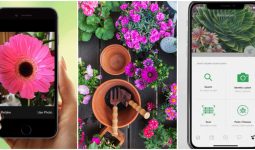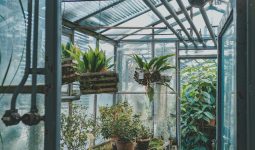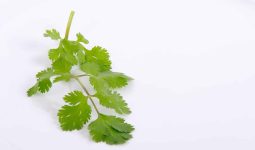Nymphaea nouchali or Blue Waterlilly is a perennial, tuberous rootstock herbaceous plant. It rises from the bottom of lakes and rivers, forming a rosette of leaves that settle on the water’s surface.
Often because of its medicinal and culinary properties, the plant is collected from the wild. It is also often cultivated as a food product and is widely grown as an ornamental.
Documented risks
Both parts of the plant contain the alkaloid nymphaeine, except for the seeds. This alkaloid is poisonous to frogs and has symptoms similar to tetanus.
Scope
Tropical Africa, the Philippines, Indonesia, New Guinea, across Asia, and Australia.
Habitats
Rivers, wetlands, and pools are where blue waterlily plants are commonly found. Other places include elevations of up to 500 meters, small wetlands, ditches and lakes.
Details of Blue Waterlilly Cultivation
- Performs best in tropical and subtropical areas
- Prefers a bright spot in a shallow lake
- The flowers open throughout the day and are sweetly scented.
Edible Utilisations of blue waterlily
- Seed – boiled into flour or ground into flour. The flour is used for bread production in combination with barley and wheat flour. People also use the flowers as vegetables.
- Stalks and Leaves: Leaves and stalks of flowers can be eaten as a vegetable.
- Tubers: they are raw, boiled or roasted. They are considered a rich starch source. It can also be dried and then ground into a flour that can be used for porridge making.
The tubers are good food for famine. Unless it is fried, the root is deemed poisonous.
Medicinal Usage
Blue waterlily has a long traditional medicinal use history, and modern studies have shown the presence of many medically active compounds in the plant.
In all areas of the plant, other than the seed, the alkaloid nymphaeine is present, while coclaurin has been found in the leaves and stem. The plant contains many flavonoids, such as quercetins, kaempferols, and myricetins, which are present in the flowers in particular. Also, this flower contains glycoside, nymphalin, which has a heart-like digital motion.
There are a moderate sedative and spasmolytic action of alcoholic rhizome extracts containing the alkaloid nymphaeine. They may not depress the heart significantly; they have a paralysing effect on the medulla in large doses, however.
It is considered that the rhizomes are astringent, demulcent, diuretic, emollient and tonic. When treating diarrhoea, dysentery, stomach ache, colic and dyspepsia, a decoction is administered.
Blennorrhagia and urinary tract infections are treated with an injection of fresh rhizomes. For the treatment of piles, the powdered rhizome is used as a demulcent.
In the treatment of gonorrhoea, the slightly bitter juice of the leaves and petioles is used.
The juice has slightly narcotic effects, and to produce sleep, it is rubbed on the forehead and temples.
Leaf juice, or macerated leaves, is an ingredient in a lotion applied to the skin to relieve fever.
The flowers, because of their astringent properties, are taken as cardiotonic.
Other Utilisations
A source of tannins in the blue waterlily is the rhizomes.
Tips for cultivation
Seed– it is important to keep it moist before sowing. Seeds, along with the surrounding pulp, are sown in pots covered with approximately 25 mm of water at 23 to 27 c. When the first floating leaves emerge and progressively increase the water level as they grow, prick out into individual pots.
This plant can also be cultivated via division or the removal with a sprouting eye of a part of the rhizome. As the plant grows, pot up into a small immersed pot and pot on until the roots fill a 10cm pot, so it is big enough to plant out.








